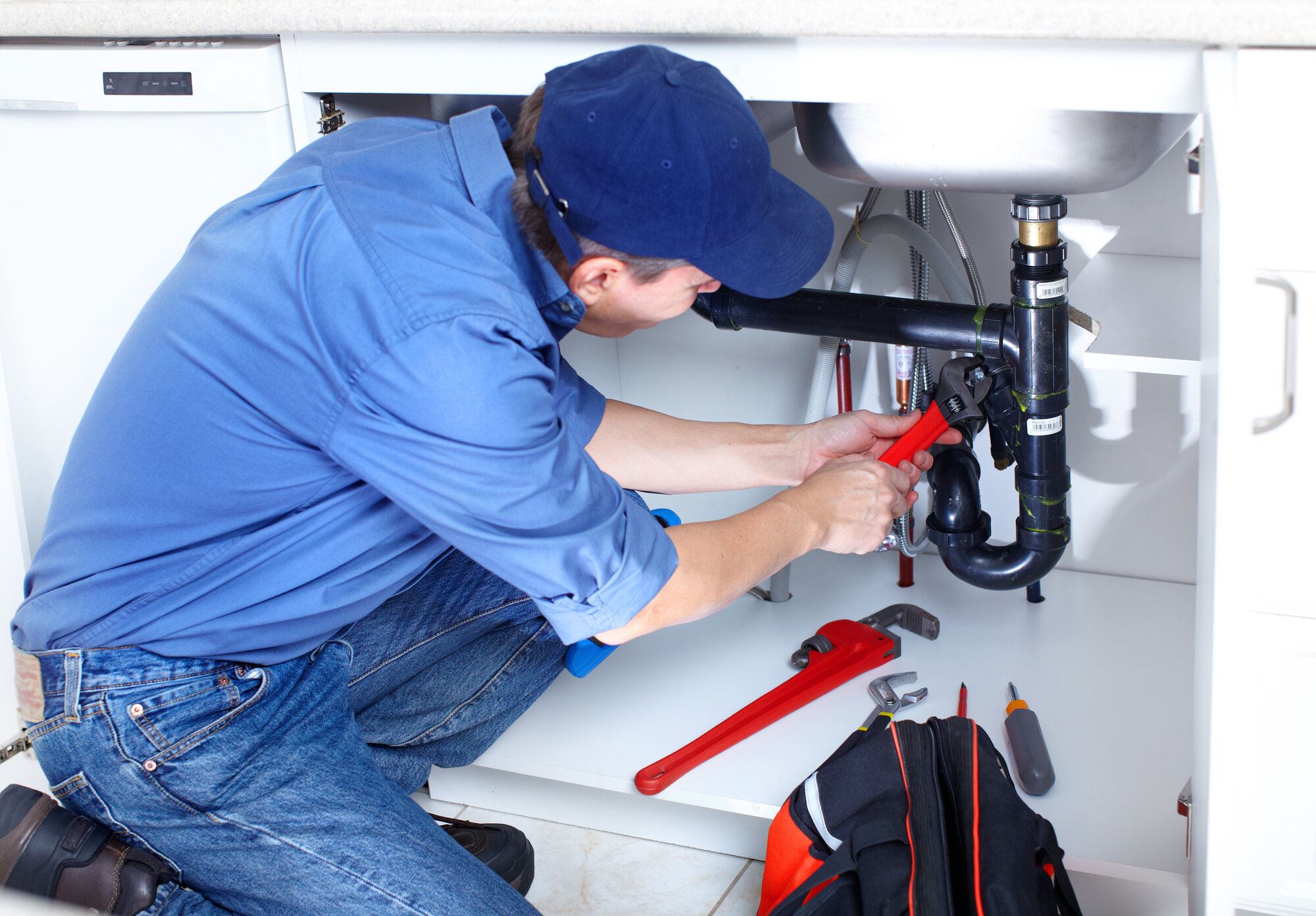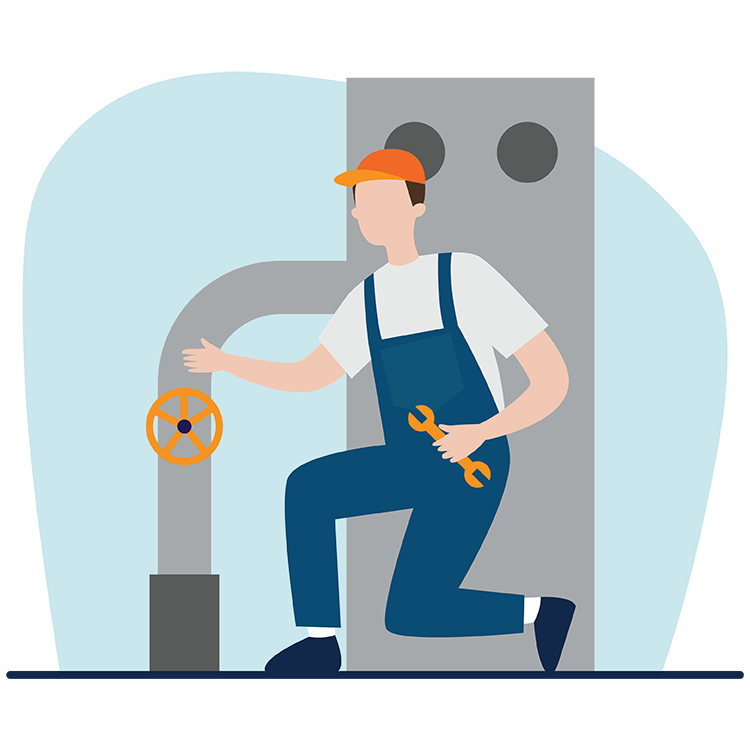Trusted Plumbing Services Alabaster AL for All Your Repair works
Trusted Plumbing Services Alabaster AL for All Your Repair works
Blog Article
A Detailed Overview to Efficient Water Heating Unit Installment for Optimal Performance
Beginning on the task of mounting a water heater is an endeavor that demands accuracy and a methodical technique for attaining optimal performance. As you proceed, the intricacies of connecting water supply lines and establishing up trusted electric or gas connections wait for, appealing understandings into guaranteeing efficiency and integrity.
Picking the Right Hot Water Heater

Following, think about the dimension and capacity of the water heater. It's vital to examine your home's warm water needs, which can vary based upon the number of occupants and their use patterns. A device that's as well tiny might result in not enough warm water, while a large version might lead to unneeded power intake.
Efficiency rankings also play a crucial function in option. Seek water heating systems with high Power Element (EF) ratings, showing remarkable performance and lowered power use. Tankless models, though generally a lot more expensive ahead of time, offer significant energy financial savings over time because of their on-demand home heating capacities.
Preparing the Setup Area
Before installing a new water heater, careful preparation of the setup area is essential. It's essential to measure the room meticulously to fit the water heating system's measurements, making sure adequate clearance around the unit for efficient procedure and maintenance.
Examine the floor for stability, as the water heating unit will need a strong, degree surface to run effectively. If required, set up a drip pan under the system to capture possible leaks or spills, protecting against water damage to the surrounding location.
In addition, ensure that all required devices and materials get on hand before starting the setup. This consists of items such as wrenches, screwdrivers, a degree, and any type of extra hardware required for protecting the heater and installing. A well-prepared installment location sets the foundation for an effective water heater configuration, enhancing efficiency and safety and security.
Connecting Water System Lines
When connecting supply of water lines to your recently mounted hot water heater, it is critical to ensure that all links are leak-free and protected to maintain effective operation and protect against water damage. Begin by identifying the cool and hot supply of water lines. The cool water inlet is usually noted with a blue label or a "C", while the warm water electrical outlet read review is marked with a red label or an "H".
Usage adaptable water heating system ports to assist in a much easier installment procedure. Prior to affixing the connectors, position a plumber's tape around the threaded ends of the water heating system's inlet and electrical outlet pipelines.
Once connections are in area, slowly switch on the primary water shutoff. Evaluate each link for leaks by visually feeling and inspecting for dampness. Tighten up links as needed, and ensure the stress alleviation shutoff is properly set up, protecting versus extreme pressure build-up.
Setting Up Electrical or Gas Connections
Effectively setting up the electric or gas links for your water heater is a vital step to make sure risk-free and efficient procedure. For electric water heating units, start by confirming that the electric circuit is compatible with the heating unit's voltage and amperage requirements.
For gas water heating units, safety and security is vital. Attach the gas line to the water heating unit making use of a flexible gas port, guaranteeing it is effectively threaded and sealed with pipeline joint substance or Teflon tape suitable for gas links.
Once connections are made, examine for any type of prospective leakages. For gas lines, apply a soapy water solution to the joints; bubbles show a leakage. For electrical connections, double-check that all wiring is protected and correctly shielded, keeping conformity with neighborhood electrical codes.
Checking and Changing for Effectiveness
With the electric and gas connections securely in place, the following action is examining the functional performance of your water heater. Begin by meticulously transforming on the water supply and guaranteeing there read review are no leakages at any of the joints or shutoffs.
Following, execute an extensive inspection to guarantee the home heating elements or burner are operating appropriately. For electrical heating systems, use a multimeter to verify if the elements are drawing the suitable existing. In gas models, observe the burner fire; it should be consistent and blue, showing reliable burning.
Change the setups as essential to eliminate ineffectiveness. Take into consideration implementing insulation actions, such as adding a water heating unit covering, to further boost efficiency by decreasing warmth loss. Additionally, inspect the anode pole's condition, as a scrubby rod can reduce efficiency and result in tank corrosion.
Conclusion
Efficient water heater installment is crucial for ensuring optimum efficiency and energy savings. Firmly connecting water supply lines and carefully establishing up electric or gas connections lessen prospective problems.

Effectively establishing up the electrical or gas links for your water heater is a critical action to ensure reliable and risk-free operation. For electrical water heating units, begin by verifying that the electrical circuit is compatible with the heating unit's this post voltage and amperage demands. Connect the gas line to the water heating system using a versatile gas adapter, ensuring it is properly threaded and secured with pipeline joint substance or Teflon tape appropriate for gas connections.
Report this page